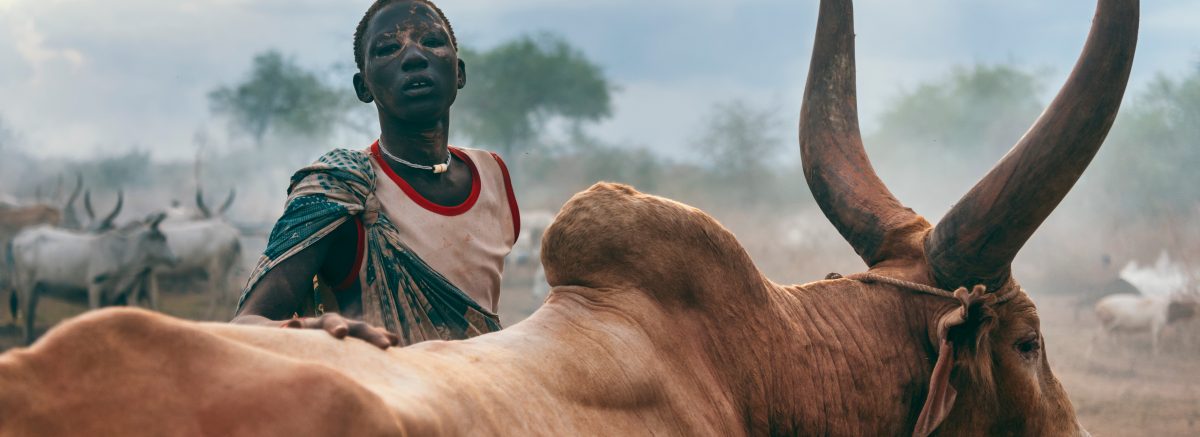Livestock is extremely important in South Sudan. For many Tribes it is the main source of food and income. It grants prestige and social status. In fact, livestock is used to pay dowries and settle disputes. It is a way to keep reliable assets.
From an environmental perspective, pastoral farming is appropriate for South Sudan’s challenging ecology, characterized by flooding, drought and swamplands.[1]. It is also convenient given the long conflicts that have swooped the country for more than two decades. Cattle moves, crops do not.
Increasing temperatures, variability of rainfall that can lead to either floods or droughts makes pathogen affecting livestock more common.[2] According to the “Humanitarian Needs Overview- South Sudan 2021” by Reliefweb, the conditions of livestock, which already suffers of endemic diseases, have worsen in the past two years. This is due to extensive flooding in certain part of the countries. In fact, floods reduce access to food, leading to starvation and creating conditions for diseases to spread.
This situation affects the population that depends on cattle for survival, with lack of access to milk and loss of assets for sustenance. In addition, loss of livestock exacerbates the incentive for violence and conflict given the scarce resources from droughts and wildfires. Loss of livestock can lead to more armed violence too: a common practice in South Sudan called “cattle raiding” has added arms to the custom. The reduction of cattle brings more and more young adults to embrace weapons and fight each other to steal the livestock remaining.
South Sudan does not need more factors to add to the current instability. South Sudan is the perfect example of the various consequences of climate change. Climate action is needed now.
[1] Idris, I. (2018). Livestock and conflict in South Sudan. K4D Helpdesk Report 484. Brighton, UK: Institute of Development Studies
[2] Humanitarian Needs Overview- South Sudan https://reliefweb.int/sites/reliefweb.int/files/resources/south_sudan_2021_humanitarian_needs_overview.pdf
Picture by Shutterstock

